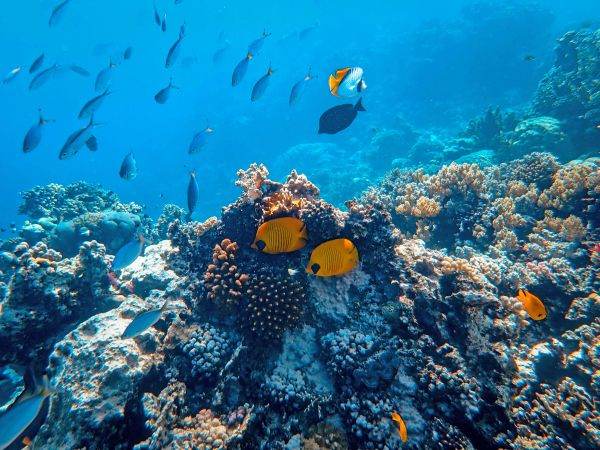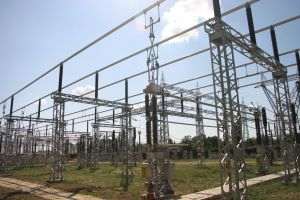French scientists warn that the loss of brown algae forests in Brittany and the North Atlantic could trigger a chain of ecological imbalances, affecting biodiversity and fisheries. Beneath the cold waters of the Atlantic, in the Iroise Sea, lies one of the largest forests of laminar algae in Europe - a veritable "tropical forest" of the oceans, where hundreds of species of fish, crustaceans and molluscs live. But this hidden world is rapidly degrading, warn French researchers, quoted by AFP. "We saw sea urchins, hake, small golden pollacks," says Martial Marzloff, a marine ecology researcher at the French Institute for Research on the Exploitation of the Sea (Ifremer), after a dive in the Molene archipelago. He and his team monitor the state of these fragile ecosystems by measuring the size of the algae that form the underwater canopy.
• Alarm signals from the depths
According to Martial Laurans, coordinator of the study, in some areas "episodes of significant mortality” of algae have been observed, with massive biomass disappearances - several thousand tons lost in 2023 alone. The main cause seems to be warming ocean water. "These plants have a thermal limit of around 18°C. When the temperature exceeds this threshold, they enter resistance and can no longer grow normally,” explains the researcher. In southern Brittany, the species Laminaria hyperborea has completely disappeared in some areas. Further north, in Normandy and Hauts-de-France, Laminaria digitata is becoming increasingly rare. Even in northern Spain, where Laminaria ochroleuca, adapted to warmer waters, lives, a visible retreat is being observed. A 2013 study published in the journal Plos One predicted these changes, warning that Laminaria digitata would disappear locally from the coasts of France, England and Denmark by mid-century.
"Northern Norway will probably become a refuge for this species,” says Dominique Davoult, professor emeritus at the Roscoff biological station.
• Marine forests vital to ocean life
In addition to the effect of temperature, researchers also mention other factors: increased precipitation, flooding and the influx of fresh and turbid water from the continent, which reduces the light needed for algae photosynthesis. "This is detrimental to their development. They need light, just like terrestrial plants,” explains Sandrine Derrien-Courtel, a researcher at the CESCI laboratory in Concarneau. The loss of these marine forests has a knock-on effect: the disappearance of habitats for thousands of species - from juvenile fish and crustaceans to starfish, octopuses and small sharks. "The seaweed is like a forest. It forms a canopy that provides protection against strong light and sea currents,” describes Professor Davoult.
• Economic impact: Brittany fishermen in difficulty
On the Brittany coast, where seaweed harvesting is a source of livelihood for around 30 families, fishermen are also noticing the changes. "The fishing seasons are shorter, the seaweed no longer grows in the same way. There are still plants, but they are shorter,” says Pascal Treguer, a fisherman from Lampaul-Ploudalmezeau, who has been harvesting seaweed for 14 years. These observations confirm the concerns of researchers: the impoverishment of underwater habitats also affects fish stocks, with repercussions for the local economy and the marine food chain.
For Ifremer scientists, seaweed forests are sensitive indicators of the state of the ocean. Their monitoring shows in real time the effects of global warming on the marine environment and the communities that depend on it.



























































